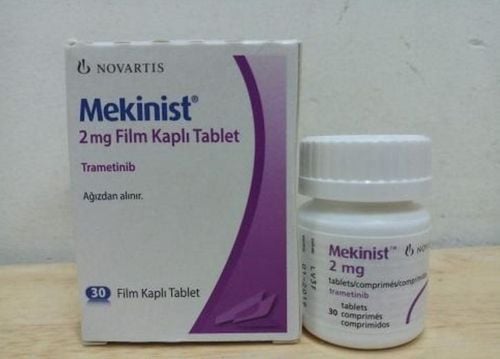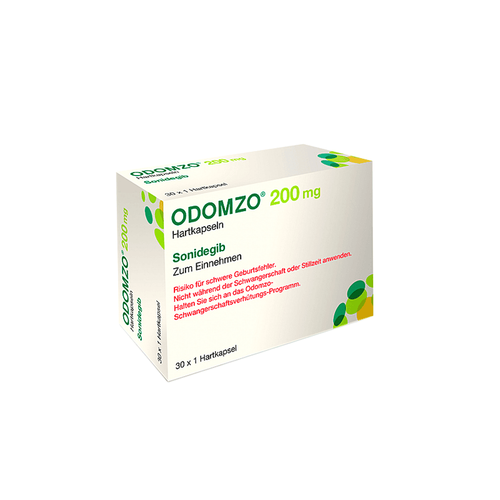This is an automatically translated article.
Melanoma skin is a malignant cancer, which can directly threaten the patient's life if not detected and treated promptly. Therefore, monitoring and taking care of your skin properly is an important step to help you significantly prevent the risk of this dangerous cancer. The following article will help you understand how to care for your skin after melanoma.
1. Apply sunscreen regularly
Ultraviolet radiation from the sun is considered a leading risk factor for skin cancer. Therefore, using sunscreen every day is an important step, helping you to significantly reduce the potential risk of this cancer.
People who are being treated for skin cancer should choose a sunscreen with a sun protection factor (SPF) of at least 30. In addition, when applying sunscreen, you need to pay attention to apply it evenly on all skin areas. most likely to be exposed to UV rays. If you're outdoors, try to reapply sunscreen every 2 hours, or more often if you've been sweating a lot or recently swimming.
2. Periodic skin check
You should check your skin once a month for new moles or unusual skin changes that could be a warning sign of cancer. You can do a skin check after you shower and look in the mirror to see your entire body.
For hard-to-see spots, such as the scalp and behind the ears, you can ask someone else to check. In case you notice an abnormality on your skin, see your doctor as soon as possible for a specific diagnosis.
3. Find shade when the sun is high
In the process of taking care of your skin when you have melanoma, you don't have to stay at home forever. Instead, get outside and be physically active at an appropriate time of day. However, you should avoid direct sun exposure between the hours of 10 a.m. and 4 p.m., as this is when UV rays are most active. Besides, you need to remember to apply sunscreen even if you are in the shade. UV rays can penetrate clothing fabrics or reflect off nearby surfaces, leaving your skin vulnerable.
4. Wear a wide-brimmed hat
Head, nose and ears are all high risk sites for melanoma. So, whenever you go outdoors, be sure to wear a hat with a brim that is at least 3 inches wide on all sides. The hat will create shade for your neck and shoulders, helping you avoid direct UV exposure.

Đội mũ rộng vành có thể giúp bạn phòng tránh ung thư hắc tố da tại mũi và tai
5. Wear long clothes when out in the sun
People with melanoma should wear long sleeves and long pants when out in the sun. However, UV rays can penetrate some fabrics, so you should choose clothing with a UV protection index (UPF) of 50 or higher. Many of these are also designed to be worn in high temperature environments or are water resistant. They can therefore be lighter and more breathable.
6. Monitor skin scars
Skin melanoma often has a risk of recurrence in the same place after treatment. Therefore, patients need to regularly monitor the scar on the skin to detect any changes in the color or shape of the scar early.
If there are symptoms of pain or itching in the scar, you should notify your doctor for timely treatment. Your doctor may recommend steroid injections or topical creams to treat these conditions. In addition, you should also apply sunscreen on the scar and cover it up when out in the sun, as it is often more sensitive than normal skin.
7. Protect your skin even when riding in a car
When taking care of your skin after melanoma treatment, you need to pay attention to protect your skin even while sitting in a car. Ideally, you should close the car windows to prevent UV rays from penetrating the glass and damaging the skin.
In addition, you should also apply sunscreen to your face and other exposed parts like hands or arms while driving. Besides, you can stick UV protection panels on the car windows to block the sun.
8. Don't use tanning beds
You should avoid using tanning beds or tanning booths as it can increase your risk of melanoma by 20%. This even causes cancer cells to thrive in people who already have the disease.
9. Go to a dermatologist
As recommended by experts, adults should see a dermatologist at least once a year for a skin check. For people who have been diagnosed with melanoma within 2 years and are at high risk of recurrence, it is best to see a doctor every 3 or 6 months.

Khám da liễu định kỳ giúp phát hiện sớm và điều trị ung thư hắc tố da kịp thời
10. Use moisturizer
During and immediately after melanoma treatment, your skin may become dry and itchy. At this time you need to take care of your skin more carefully with moisturizer or ointment applied twice a day. In addition, you should only use fragrance-free soaps and detergents to avoid skin irritation. People with melanoma should also take warm showers for short periods of time to avoid losing moisture in the skin.
Follow Vinmec International General Hospital website to get more health, nutrition and beauty information to protect the health of yourself and your loved ones in your family.
Please dial HOTLINE for more information or register for an appointment HERE. Download MyVinmec app to make appointments faster and to manage your bookings easily.
Reference source: webmd.com












